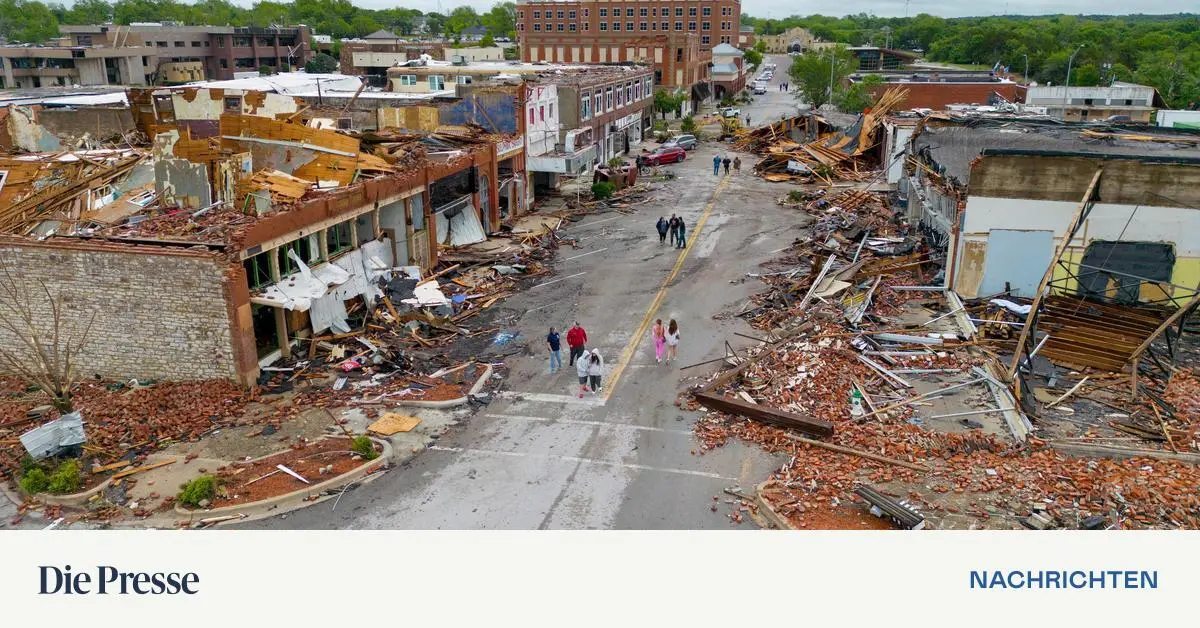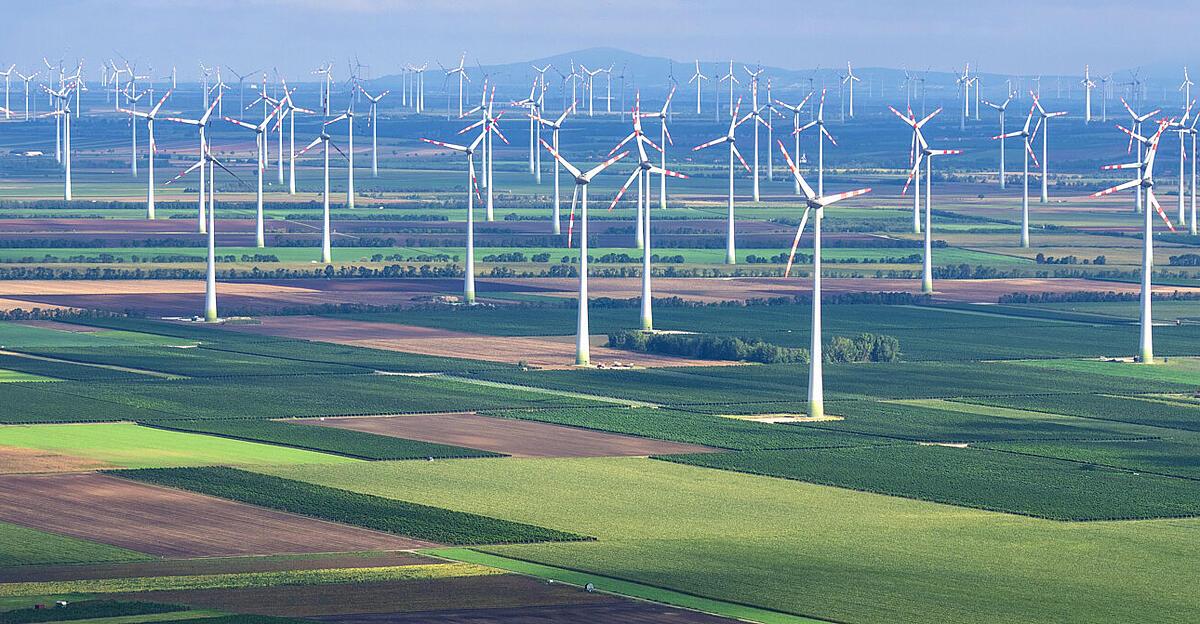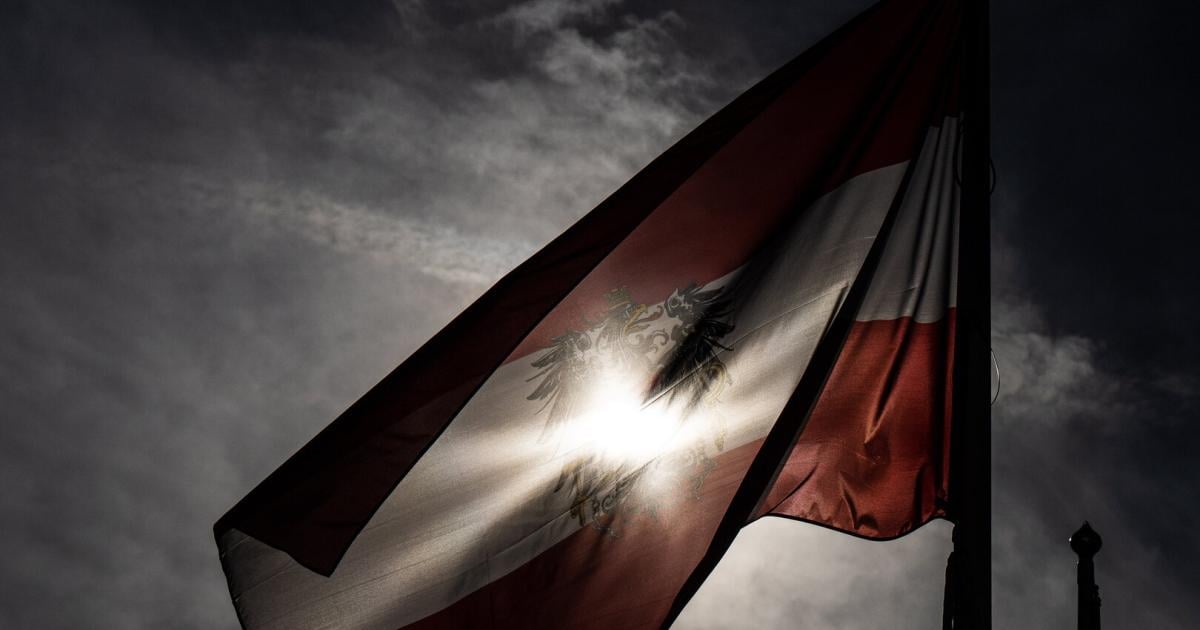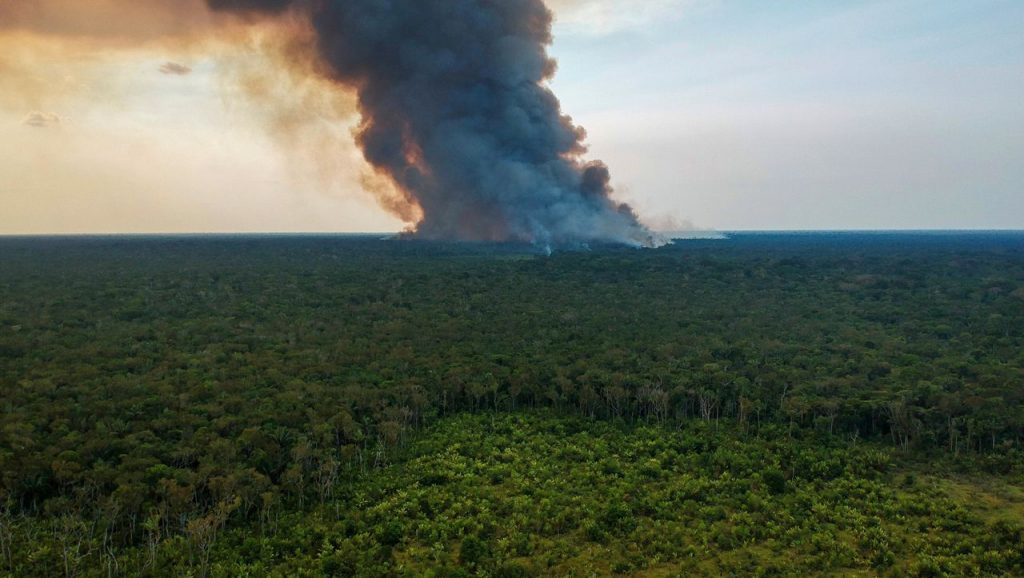Destruction of rainforests in the southern Amazon and the Pantanal, the world’s largest wetland, reached a new all-time high after 2019. About 100,000 fires were recorded. This comes from a new climate report released by the World Meteorological Organization (WMO) on the situation in South america appeared.
Alone in the Pantanal in between BoliviaAnd Paraguay And Brazil Last year, 26 percent of the total area was burned — four times the average over the past two decades.
In the Brazilian Amazon, there were fewer fires in the first half of the year than previous devastating years — but as many trees were cut down between March and June this year as they were as recently as 2015, the data shows.
“Illegal and legal deforestation has increased in the Amazon basin in the past four years,” said Jose Marengo of the National Natural Disaster Monitoring Center in São Paulo, one of the study’s authors.
300 million people in South America are affected by climate change
Until now, the Amazon rainforest has been a huge store of carbon dioxide. But with each fire, more and more climate-damaging emissions seep into the atmosphere. WMO Secretary-General Petteri Taalas warned that “fires and deforestation are now threatening one of the world’s largest carbon sinks, with far-reaching and long-term impacts”. About ten percent of carbon dioxide is stored in the Amazon region, which stretches across nine countries.
Without a quick stop to rainforest destruction, the storage facility threatens to turn into a source of carbon dioxide. This point is reached when trees attach less carbon than is generally lost. One recently in the trade newspaper A study published in the journal “Nature” He sees that this point has already been partially exceeded. The eastern Amazon in particular emits more emissions than it does in the dry season.
For decades, the planet’s largest rainforest pulled large amounts of carbon dioxide from Earth’s atmosphere through photosynthesis, discouraging climate change. That has changed, according to a report by the team of Luciana Gatti of Brazil’s National Institute for Space Research.
The bottom line is that about 290 million tons of carbon were released into the atmosphere from the region from 2010 to 2018, mainly due to the numerous fires. According to the analysis, they release 410 million tons of carbon annually, with only 120 million tons of vegetation removing a fraction of that amount from the air.
About 60 percent of Earth’s remaining rainforests are located in Central and South America. The region is already suffering severely from climate change. According to a World Meteorological Organization report, rising temperatures, severe droughts, floods and tropical cyclones have killed more than 310,000 people since 1998. Nearly 300 million have been directly affected by the effects.

“Total coffee aficionado. Travel buff. Music ninja. Bacon nerd. Beeraholic.”







More Stories
“Austria is turning into a political gravedigger”
Malaria mosquito appears in Italy | Nachrichten.at
The distance from Earth to the Moon is not that easy